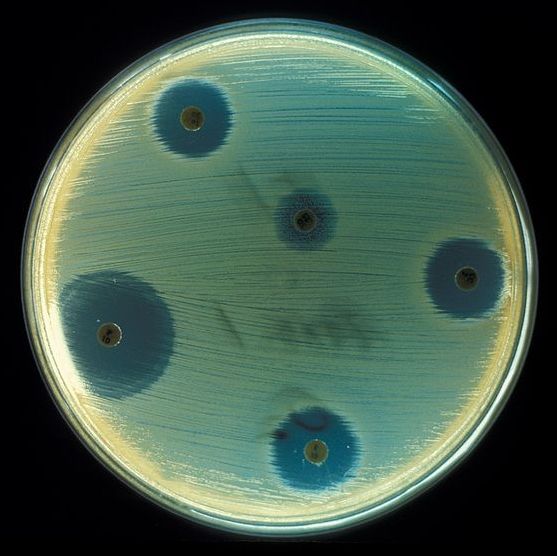Most antibiotics work by interfering with critical functions such as DNA replication or construction of the bacterial cell wall. However, these mechanisms represent only part of the full picture of how antibiotics act.
In a new study of antibiotic action, MIT researchers developed a new machine-learning approach to discover an additional mechanism that helps some antibiotics kill bacteria. This secondary mechanism involves activating the bacterial metabolism of nucleotides that the cells need to replicate their DNA.
“There are dramatic energy demands placed on the cell as a result of the drug stress. These energy demands require a metabolic response, and some of the metabolic byproducts are toxic and help contribute to killing the cells,” says James Collins, the Termeer Professor of Medical Engineering and Science in MIT’s Institute for Medical Engineering and Science (IMES) and Department of Biological Engineering, and the senior author of the study.










Comments are closed.